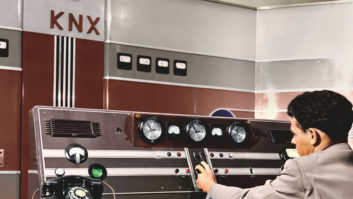The winds are continuing to shift for the broadcast industry, and the latest indication of this comes from news that the radio “industry experienced a 0.2% drop from 2016 to end the year at $13.87 billion,” according to BIA/Kelsey.

In 2017, U.S. commercial radio’s over-the-air income declined 2% year-over-year, according to BIA Advisory Services’ Q1 2018 “Investing In Radio Market Report.” However, the same report showed that radio stations reported 9.7% percent increase in online revenues over the same period.
[Read: Radio Station Deals Approach $150 Million in Q1]
“Although local radio stations are still important players in their local markets, we do not expect the over-the-air advertising revenue of U.S. radio stations to grow much this year or in the near future,” said BIA SVP and Chief Economist Mark Fratrik.
Fratrik explained, “There is an unprecedented number of new audio entertainment and information sources and new advertising platforms competing with radio, including many that are unregulated. It’s an aggressive environment that competes for audiences with local radio.”
Also, 752 radio stations were sold at a value of $3.32 billion, which BIA says was the highest transaction volume for the industry since 2011.
In a related report, “Market Assessment and Opportunities for Local Radio: 2018–2022” BIA highlighted how the radio industry what Fratrik describes as “overall platform improvements” as well as building out digital channels, employing FM translators and the NextRadio app or revenue growth.
The report says that 211 AM and 1,980 FM stations were broadcasting an HD Radio signal as of January 2018.






